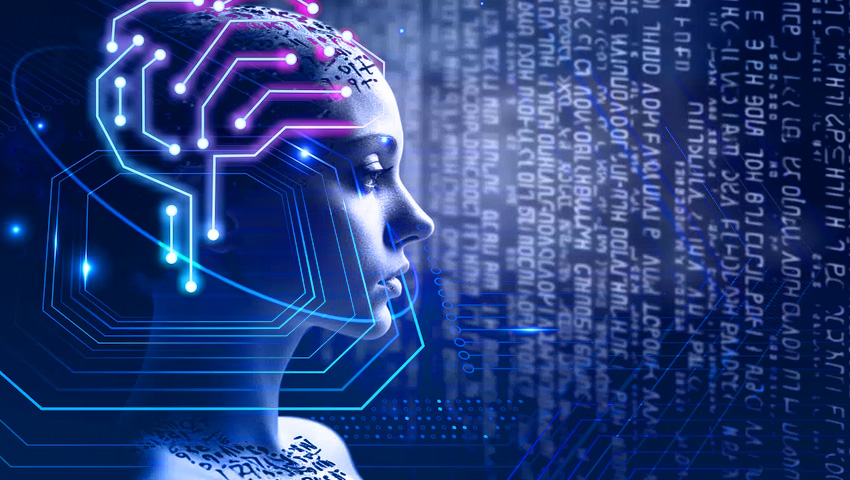
AI can now translate brain activity into text
In a remarkable breakthrough, researchers at The University of Texas at Austin have achieved an extraordinary feat with the development of the semantic decoder – an advanced artificial intelligence system. This cutting-edge AI has the incredible capability to decipher and translate a person's brain activity, whether they are engaged in listening to a story or silently imaging one, into a seamless flow of written text.
The potential impact of this groundbreaking technology is immense, particularly for individuals who possess mental consciousness but are tragically unable to articulate their thoughts due to conditions like strokes. The semantic decoder holds the promise of empowering them to regain their ability to communicate effectively, breathing new life into their world of expression.
Under the visionary leadership of Jerry Tang, a brilliant doctoral student in computer science, and Alex Huth, an accomplished assistant professor of neuroscience and computer science at UT Austin, this groundbreaking study has been published in the prestigious journal Nature Neuroscience. The system itself utilizes a sophisticated transformer model, akin to the ones fueling the powerful AI systems of Open AI's ChatGPT and Google's Bard.
What truly sets this language decoding system apart is its noninvasive nature, obviating the need for invasive surgical implants in participants. Furthermore, it liberates users from the confines of predetermined word sets, enabling a more organic and fluid communication experience that mirrors the natural flow of thoughts.
The intricate process involves meticulous measurement of brain activity through the employment of an fMRI scanner following extensive training of the decoder. During the training phase, participants immerse themselves in hours of captivating podcasts, priming the decoder to comprehend their cognitive patterns. Subsequently, when participants willingly undergo thought decoding, the machine adeptly generates corresponding text solely based on their brain activity, be it through absorbing a new narrative or vividly envisioning themselves as storytellers.
While the system does not provide a verbatim transcript, it diligently strives to grasp the essence of the conveyed message, despite minor imperfections. Impressively, in nearly half of the cases, when the decoder has been attuned to a participant's unique brain activity, the generated text closely aligns with, and occasionally perfectly matches, the intended meaning of the original words – a testament to its remarkable accuracy.
Addressing concerns surrounding potential misuse, the researchers are keen to emphasize that this groundbreaking technology exclusively functions with cooperative participants who willingly engage in training the decoder. Results obtained from individuals whose brain activity hasn't been integrated into the decoder yield unintelligible outcomes, while resistance from trained participants renders the results ineffective.
In their tireless pursuit of knowledge, the researchers ventured beyond the realm of stories and embarked on a fascinating exploration involving subjects watching silent videos while ensconced within the scanner. Astonishingly, the semantic decoder adeptly described specific events from the videos with remarkable precision, relying solely on the participants' brain activity.
Although the current practical applications of the semantic decoder beyond the confines of a laboratory are somewhat limited, primarily due to its reliance on fMRI machines, the researchers harbor a grand vision of its adaptability to more portable brain-imaging systems, such as functional near-infrared spectroscopy (fNIRS). Despite potential limitations in resolution, the underlying approach remains fundamentally applicable, paving the way for exciting possibilities in the future.
The development of the semantic decoder heralds a new era of potential, with vast implications for restoring communication abilities in individuals with speech impairments. Its emergence ushers in a future that asserts inclusivity and accessibility, where every voice has the opportunity to be heard and understood.
